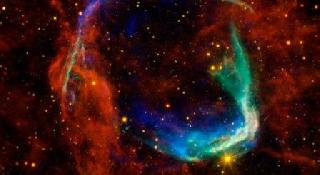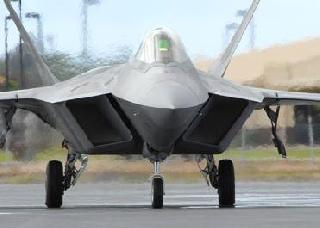
This image combines data from four different space telescopes to create a multi-wavelength view of all that remains of the oldest documented example of a supernova, called RCW 86. Photo: NASA/ESA/JPL-Caltech/UCLA/CXC/SAO
WASHINGTON (AFP): New infrared observations from NASA telescopes have revealed how the first supernova ever recorded occurred and how its shattered remains ultimately spread out to great distances.
The US space agency said Monday its Spitzer Space Telescope and Wide-field Infrared Survey Explorer (WISE) had solved a mystery dating from 2,000 years ago when Chinese astronomers witnessed what turned out to be an exploding star.
The findings show that the stellar explosion took place in a hollowed-out cavity, allowing material expelled by the star to travel much faster and farther than it would have otherwise.
"This supernova remnant got really big, really fast," said Brian Williams, an astronomer at North Carolina State University and lead author of a new study detailing the telescope's findings online in the Astrophysical Journal.
"It's two to three times bigger than we would expect for a supernova that was witnessed exploding nearly 2,000 years ago. Now, we've been able to finally pinpoint the cause," he added.
In 185 A.D., Chinese astronomers noted a "guest star" that mysteriously appeared in the sky and stayed for about eight months. By the 1960s, scientists had determined that the mysterious object was the first documented supernova.
Later, they pinpointed the object, known as RCW 86, as a supernova remnant located about 8,000 light-years away but remained puzzled at how the star's spherical remains were larger than expected.
"With multiple observatories extending our senses in space, we can fully appreciate the remarkable physics behind this star's death throes, yet still be as in awe of the cosmos as the ancient astronomers," said Bill Danchi, Spitzer and WISE program scientist at NASA Headquarters in Washington.
 Previous Article
Previous Article Next Article
Next Article












The Indian Air Force, in its flight trials evaluation report submitted before the Defence Ministry l..
view articleAn insight into the Medium Multi-Role Combat Aircraft competition...
view articleSky enthusiasts can now spot the International Space Station (ISS) commanded by Indian-American astr..
view article